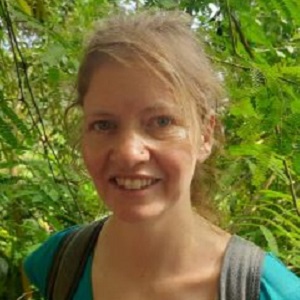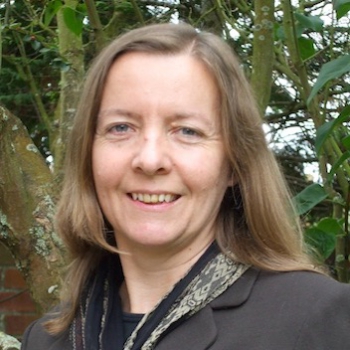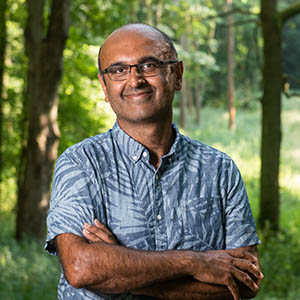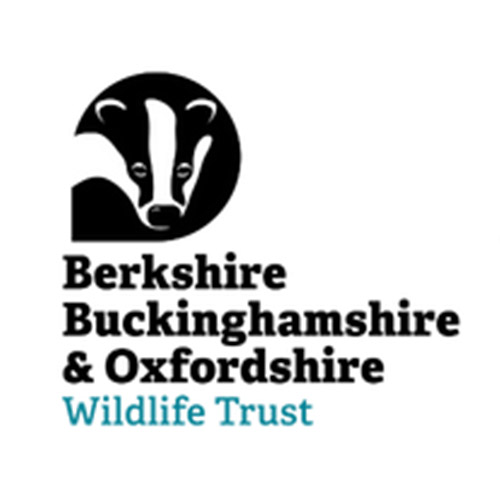Oxfordshire Treescape ProjectCase study
Supporting Oxfordshire land managers, parishes and communities with nature recovery planning.
Since it was founded in 2019, Oxfordshire Treescape Project has worked collaboratively with academics, NGOs, local government and the private sector to support land managers, parishes and communities in nature recovery planning. In 2021 a small charity, GrowGreenCarbon, and the Environmental Change Institute agreed to jointly curate the project and build on the opportunity mapping we had developed in Oxfordshire, in particular working to find ways to deliver action on the ground. Our free reports based on detailed opportunity mapping show:
- existing natural assets that should be sensitively managed;
- potential locations for new nature-positive assets such as woodland, species rich grassland, hedges or agroforestry;
- what natural benefits (natural flood management, biodiversity, carbon storage, air pollution reduction and health and well-being) could be provided in those locations.
The reports are about starting conversations, stimulating ideas and building confidence and resources to facilitate the development of plans for nature recovery; we support report recipients in developing their ideas through advice on working with stakeholders and potential collaborators, linking them up with expert advisors and funders, and a range of other resources such as free access to interactive mapping, our newsletter, and support in working through our 10 steps guide to creating a nature recovery plan.
For many parishes, this has been the first time they have considered nature recovery alongside their other neighbourhood development plans for their community; and for those further along the journey, it has helped them identify the main priority areas for nature recovery, and where they should focus their efforts. For farmers and landowners, it has helped them start to consider how they evolve their businesses best to engage with nature recovery and nature based-solutions, which are core elements of the new central government farming funding, Environmental Land Management Scheme. Farming planning and change in farming businesses takes time, and having mapped information about where on a farm natural benefits can be delivered and where nature recovery interventions might be successful feeds into land use planning.
Oxfordshire Treescape Project is continually learning from the stakeholders that we work with and evolving our knowledge and experience in how to most effectively support land managers and communities in nature recovery efforts.
Project outputs
- Ecology
- Ecology
- Ecology
- Ecology
Parish Nature Recovery Survey Report
Executive summary
Oxfordshire Treescape Project have been delivering Treescape Opportunity Reports to parish groups since October 2021. Since then the range of resources offered and our ways of working have developed. In April 2023 a survey was sent to the 76 parish groups that had viewed our Opportunity Maps (the majority as pdf Reports, but some in addition or solely as interactive maps on the Land App), the aim of which was to understand what resources for nature recovery are already at parish councils’ disposal; how useful different resources provided by OTP have been; what would most help parishes move forward with nature recovery planning and activities.
Responses were received from representatives of 18 parish groups. Of these, 13 had or were considering a Neighbourhood Plan (NP) within their parish. Nine of these 13 thought it likely or very likely that their NP would support nature recovery in the parish, highlighting that NPs could be a key tool for parishes in nature recovery.
The key theme to emerge was the importance of human connection: the difficulty of engaging with landowners came through strongly, as did the value of volunteers, connections with other groups such as neighbouring parishes and discussions with the Oxfordshire Treescape Project team. Respondents who had good relationships with local landowners described them as among their greatest strengths, but the majority wanted better guidance on how to approach them. Volunteers are highly valued, but respondents felt that volunteers lacked time.
The most used and influential OTP resources were discussions with the team, introductions to relevant people or organisations and the maps, in Opportunity Reports and in the Land App. The maps within the Opportunity Reports were the most used and most useful sections, being used to plan nature recovery and share ideas with parish councils. Some respondents felt that the maps could be improved in terms of accuracy and level of detail.
Treescape story map
Our maps are published by Oxfordshire County Council in an accessible, interactive story format that allows you to investigate treescape opportunities across Oxfordshire
Treescapes guide
The treescapes guide offers a summary explanation of the treescapes included in the maps and the benefits they bring, together with some case studies of famers and landowners who have put them into action and further resources. It also includes a brief explanation of the mapping rules we have adopted.
Our land, our future report
The Our Land our Future report sets out the changes in Oxfordshire’s land use that the Oxfordshire Treescape Project believes need to be achieved between now and 2050 if we are to reach Net Zero. Our calculations are based on the Climate Change Committee’s ‘Balanced Pathway’ route which we have then applied to Oxfordshire.





